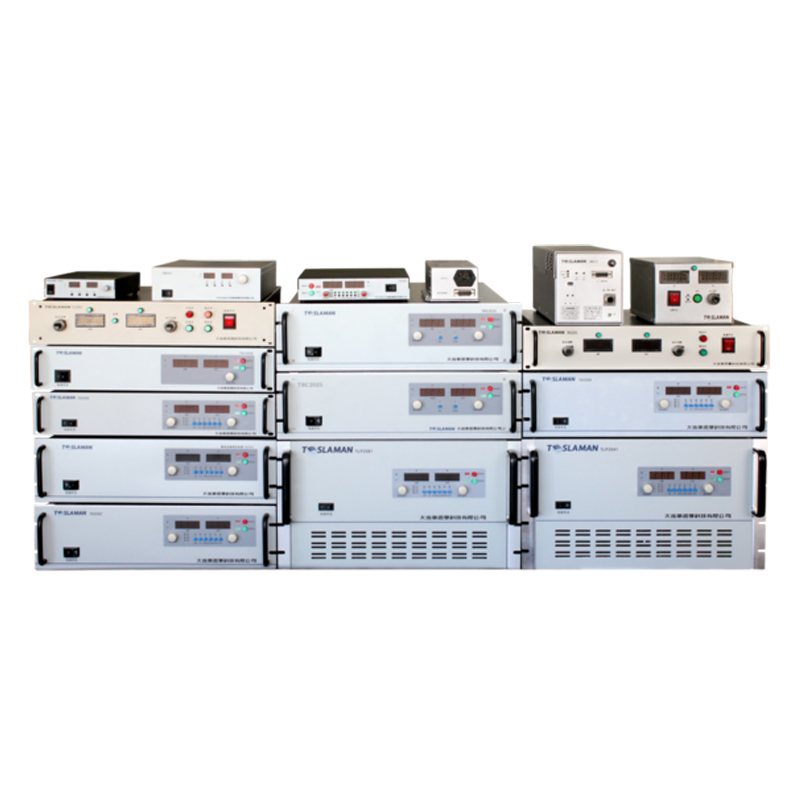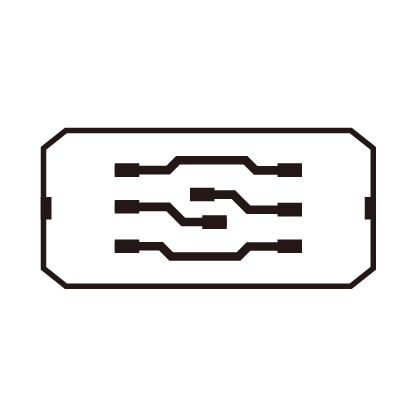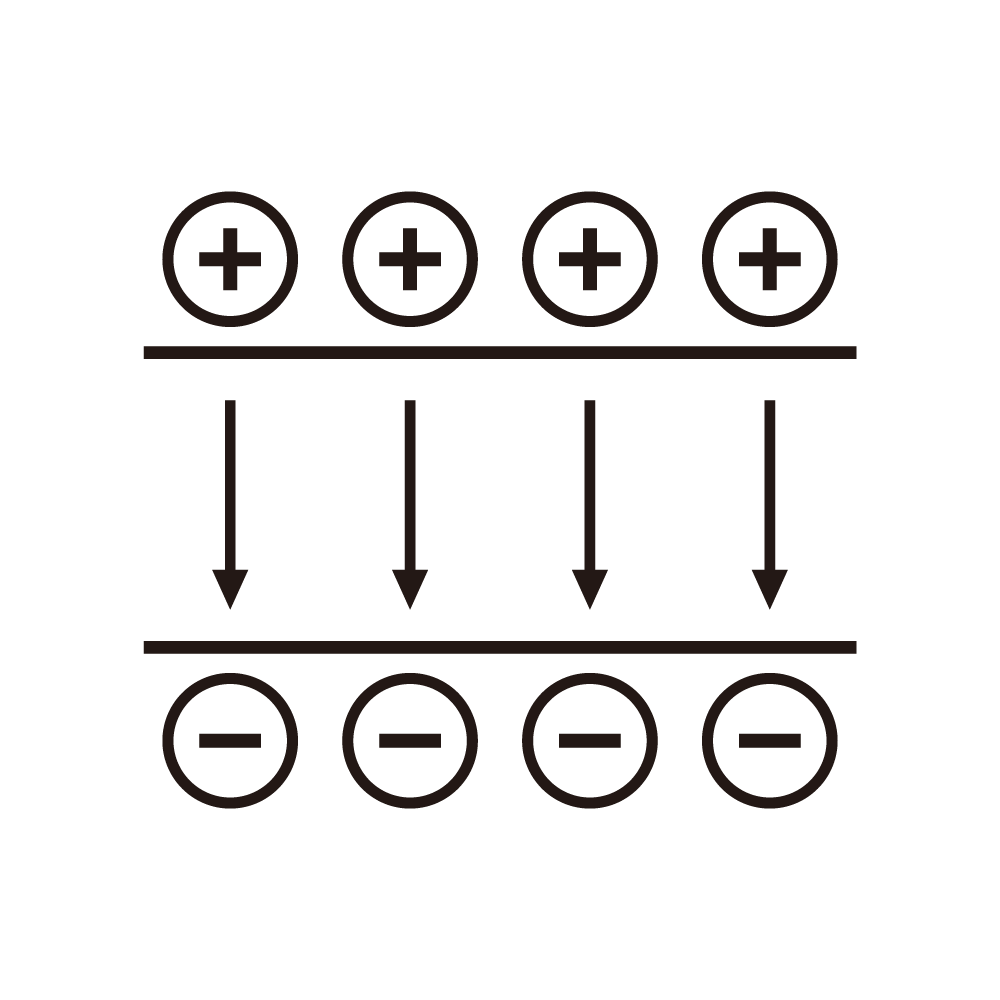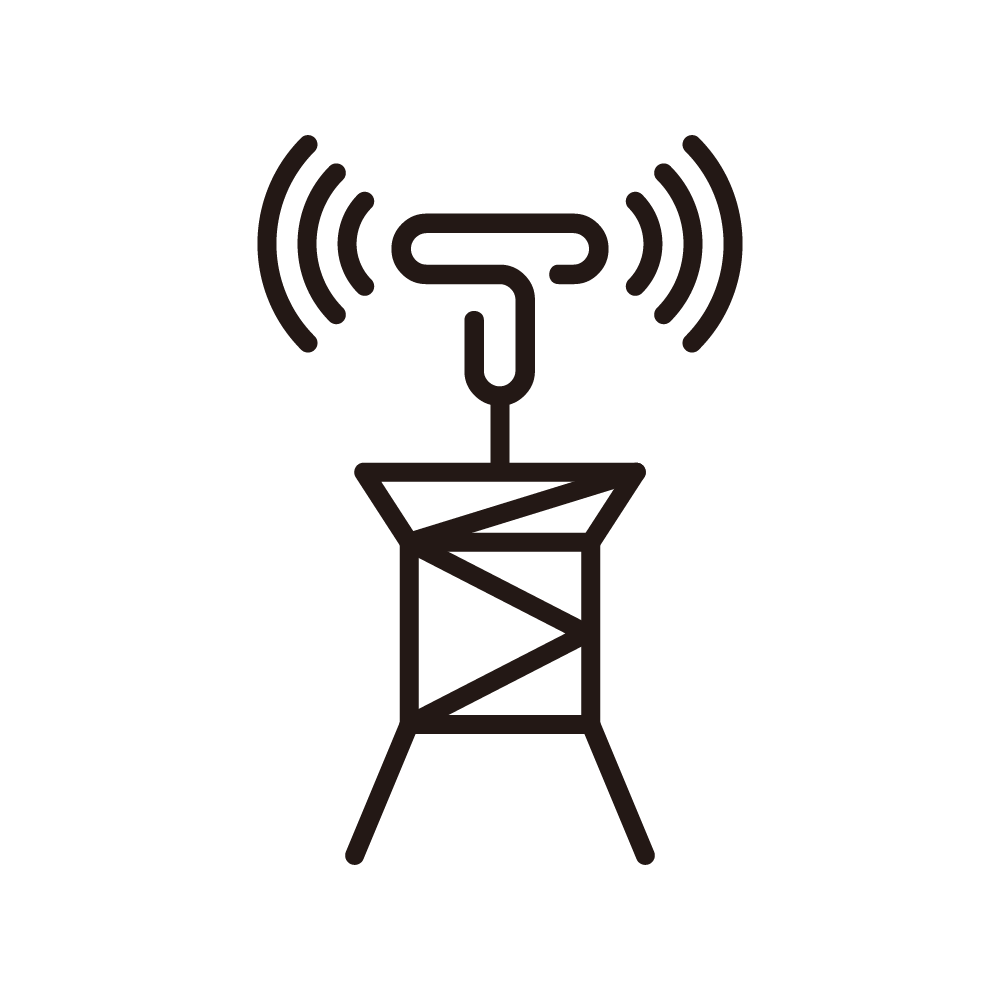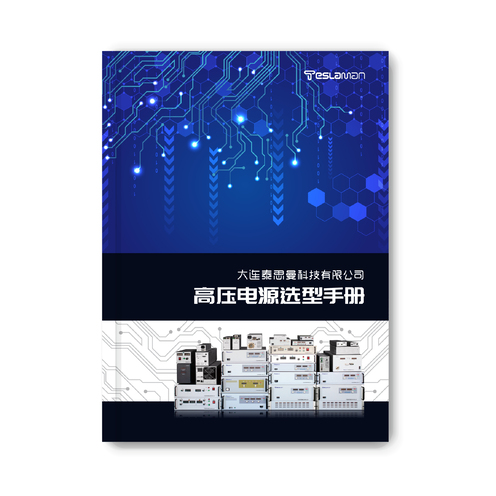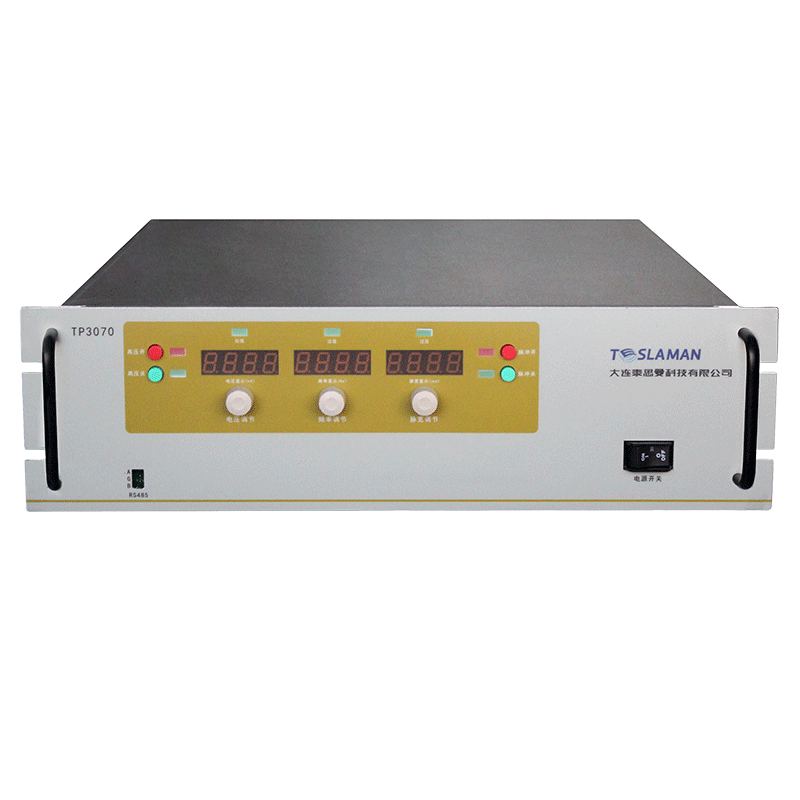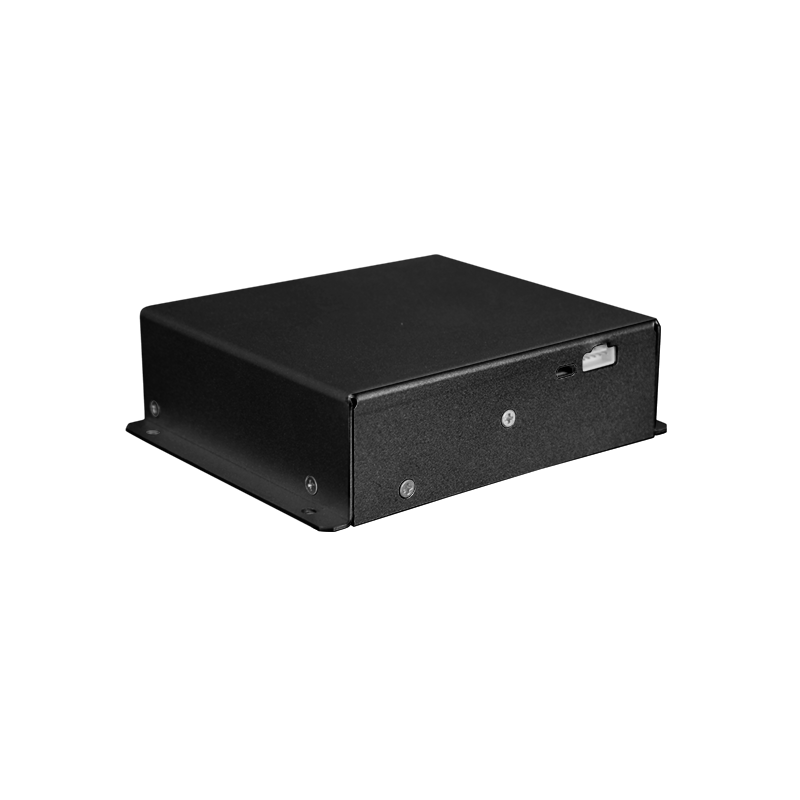Parallel Operation of High-Voltage Power Supplies for Semiconductor Testing
In the field of semiconductor testing, high-voltage power supplies play a crucial role. With the rapid development of semiconductor technology, the requirements for testing equipment have become increasingly stringent, and the parallel operation technology of high-voltage power supplies has emerged, providing an effective way to meet complex testing requirements.
Semiconductor testing often requires precise, stable, and high-power voltage supplies. When facing some testing scenarios with high-power and high-current demands, a single high-voltage power supply may be insufficient. At this time, connecting multiple high-voltage power supplies in parallel can integrate their output capabilities and achieve power superposition. For example, when conducting a withstand voltage test on high-power semiconductor devices, the parallel high-voltage power supplies can jointly provide a sufficiently high voltage and current to ensure that the test can accurately simulate the extreme conditions under which the devices operate in actual use.
In principle, the parallel operation of high-voltage power supplies is not a simple connection combination. Firstly, it is necessary to ensure that the output voltage characteristics of each power supply are similar, which is the basis for stable parallel operation. If the voltage characteristics differ too much, a circulating current will be generated when they are connected in parallel, which not only reduces the power supply efficiency but also may damage the power supply equipment. Usually, current sharing techniques are used to coordinate the output currents of each power supply, enabling them to distribute the load current according to a predetermined proportion and avoid overloading and failure of a certain power supply. Common current sharing methods include the droop method, the master-slave control method, and the average current method. The droop method allows the output voltage of the power supply to decrease slightly as the output current increases, utilizing the power supply's own output characteristics to achieve natural current sharing. In the master-slave control method, one power supply is designated as the master power supply, and the others are slave power supplies. The slave power supplies follow the voltage and current commands of the master power supply for output adjustment. The average current method monitors the output currents of each power supply in real-time and adjusts them through the control circuit to make the output currents of each power supply tend to the average value.
The parallel high-voltage power supply system also needs to have a reliable monitoring and protection mechanism. On the one hand, it is necessary to monitor the working status of each power supply in real-time, including parameters such as output voltage, current, and temperature. Once a certain power supply has an abnormality, such as overvoltage, overcurrent, or overheating, it can be quickly isolated from the parallel system, and an alarm can be issued simultaneously to protect the entire testing device and the tested semiconductor devices. On the other hand, the overall performance of the parallel system also needs to be monitored to ensure that the total output voltage and current meet the testing requirements and remain stable.
In the actual semiconductor testing environment, the parallel operation of high-voltage power supplies faces many challenges. Electromagnetic interference is one of them. When multiple power supplies work simultaneously, the electromagnetic environment is complex and may affect the control circuits of the power supplies themselves and other sensitive components in the testing equipment. Therefore, good electromagnetic shielding and filtering measures are essential. In addition, with the dynamic changes in testing requirements, the parallel power supply system needs to have a fast dynamic response capability to adjust the output in a timely manner to adapt to different testing conditions.
The parallel operation technology of high-voltage power supplies for semiconductor testing provides strong support for the development of the semiconductor industry. By rationally designing the parallel system, optimizing current sharing control, strengthening monitoring and protection, and overcoming various practical challenges, high-voltage power supplies can better serve semiconductor testing, promote semiconductor technology to a higher level, and lay a solid foundation for the continuous innovation and upgrading of electronic products.
